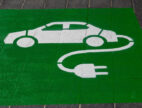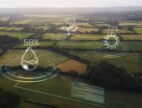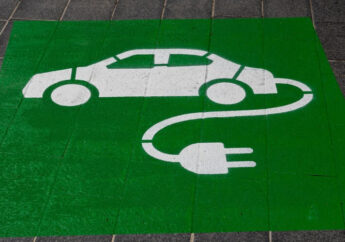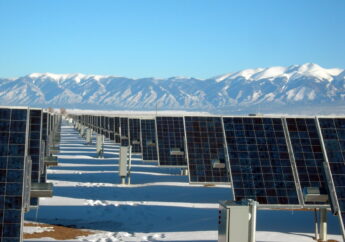ZeroAvia To Begin Dornier 228 Hybrid Flights This Year
by Arina Smith Green Business 22 September 2021
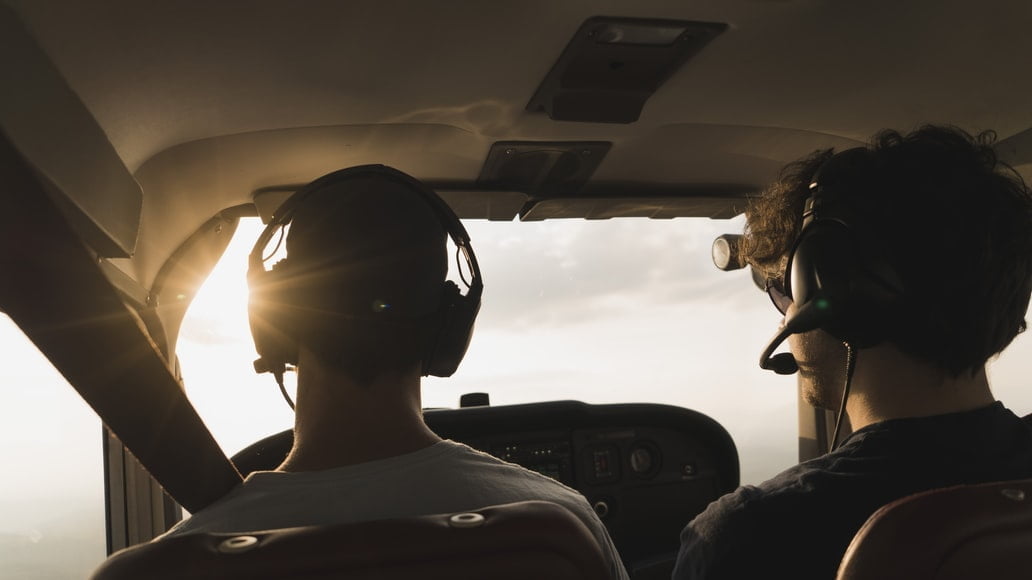
The hydrogen-electric aviation company ZeroAvia has announced that it will begin flying a modified Dornier 228 later this year. The company just secured $13 million in funding and two 19-seat Dornier 228 aircraft to convert to hydrogen-electric.
This hybrid flight will be conducted as part of the U.K.’s HyFlyer II program, which aims to develop a certifiable 600kW hydrogen-electric fuel cell powertrain with the capacity to power a 19-seat aircraft for 500 nautical miles. This is the second green aviation government-backed project that ZeroAvia has led.
First Hy-Flyer Program Statics
In the first Hy-Flyer program, ZeroAvia completed three flight tests of a 250kW powertrain in a six-seat aircraft, including a fuel-cell-only cruise. In this test, the company used a modified Piper PA-42 that used batteries and hydrogen fuel cells. HyFlyer II will push the aviation innovator to new heights, requiring a higher kW powertrain, a larger aircraft, and new architecture.
The ZeroAvia team has replaced the Dornier 228’s turboprop engines with its own 600kW hydrogen fuel cell powertrain, along with hydrogen fuel tanks that could hold 100kg of compressed gaseous hydrogen to accomplish a 500-mile flight.
The Green Aviation
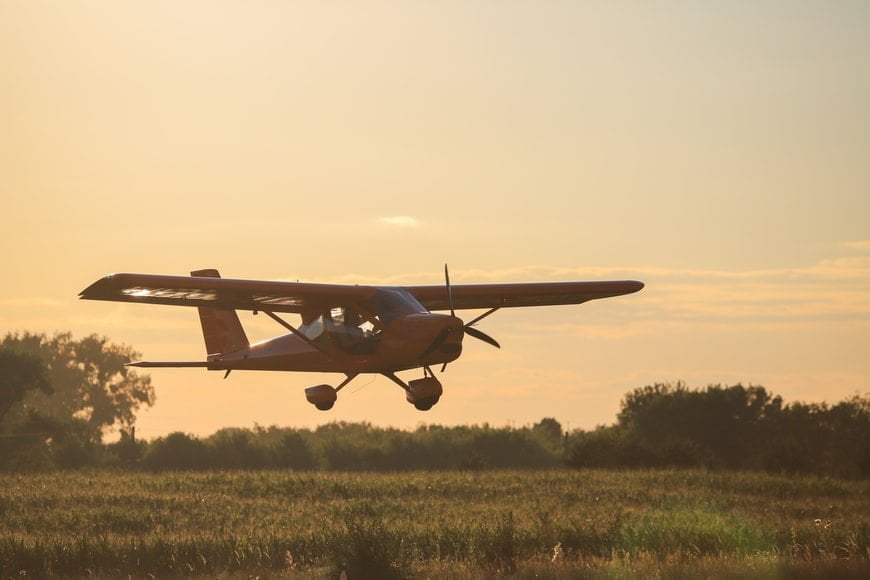
This is a significant step forward in green aviation, holding the promise to begin turning fossil-fuel-based air routes green. It’s also a sign that ZeroAvia can continue scaling its green technology to larger flights, which could eventually account for commercial aircraft — such as the zero-emission 100-seat flights the company hopes to accomplish in the 2030s.
In a statement, the founder and CEO of ZeroAvia, Val Miftakhov, said: “We are eager and ready to begin testing our hydrogen-electric powertrain technology on a larger commercial-size aircraft and grateful to our investors and grant funders for their continued support of our vision for sustainable aviation.”
The Fuel Test Of ZeroAvia
ZeroAvia will store hydrogen fuel and other equipment in the fuselage in the first phase of the test. However, by the final stage, which will occur in 2022, the team must update the configuration so that all components and the hydrogen fuel tanks can fit beneath the wing.
ZeroAvia secured two Dornier turboprops. The first came from U.S.-based AMC Aviation, and the second came from Aurigny Air Services, a carrier in Guernsey. The company has scaled up its hydrogen gas production capabilities, moving from Cranfield airport to Cotswold.
The new site, near Kemble, is 30,000 square feet — much larger than the previous site — and will be the company’s primary hub for producing hydrogen gas and developing the technology necessary to complete the HyFlyer II program.
Sergey Kiselev, ZeroAvia VP of Europe, told reporters that the modified Dornier 228 should be able to fly around 300 nautical miles, accommodating 100kg of hydrogen gas. By 2024, the team hopes to make its ZA600 powertrain for 500-mile, 19-seater flights commercially available.
This development comes months after ZeroAvia joined the board of the Fuel Cell & Hydrogen Energy Association (FCHEA) as a tier-one member, alongside other influential players in the green energy space, like GM, BMW, and Toyota.
Green Award Ceremony In U.K
The company also earned a nomination as “Transport Project of the Year” from the most prestigious green awards ceremony in the U.K., BusinessGreen Leaders. It also received recognition for building the first green-hydrogen aviation powertrain capable of completing zero-emission short-haul trips.
This is optimistic news for an industry that accounts for a significant portion of global carbon dioxide emissions. While key players have made great strides toward sustainability in the transportation industry, with scalable technology and public momentum adopting more electric cars each year, aviation faces unique hurdles to global decarbonization.
How Is The Aviation Industry Dependent On Fossil Fuels?
Currently, the aviation industry is completely dependent on fossil fuels, and the transition to green technology is challenging since traditional sources of renewable power, like wind farms and solar fields, can’t produce enough energy for commercial aircraft.
That’s where green hydrogen comes in as a promising green energy source that is quickly picking up traction around the world.
While the decarbonization of the aviation industry presents some challenges, ZeroAvia is making strides by cutting out emissions in short-haul flights. After all, the Environmental Protection Agency (EPA) estimates that the aviation sector accounts for 12% of all carbon dioxide emissions globally, and short-haul flights account for 17% of the aviation industry’s emissions.
About ZeroAvia
ZeroAvia is creating sustainable aviation technology, accelerating the aviation sector’s transition to zero-emission flight. It is innovative, renewably powered hydrogen-electric technology that makes sustainable air travel at scale a possibility — all while removing the limitations of existing zero-emissions programs.
Conclusion:
ZeroAvia is making the first truly scalable solution to the traditional aviation sector’s sustainability problem. The company has also stated that it can complete its green flights at half the cost of other zero-emission flights and that it requires 75% lower costs for fuel and maintenance, meaning that it might be better for both travelers and the planet.
Read Also:






























































































